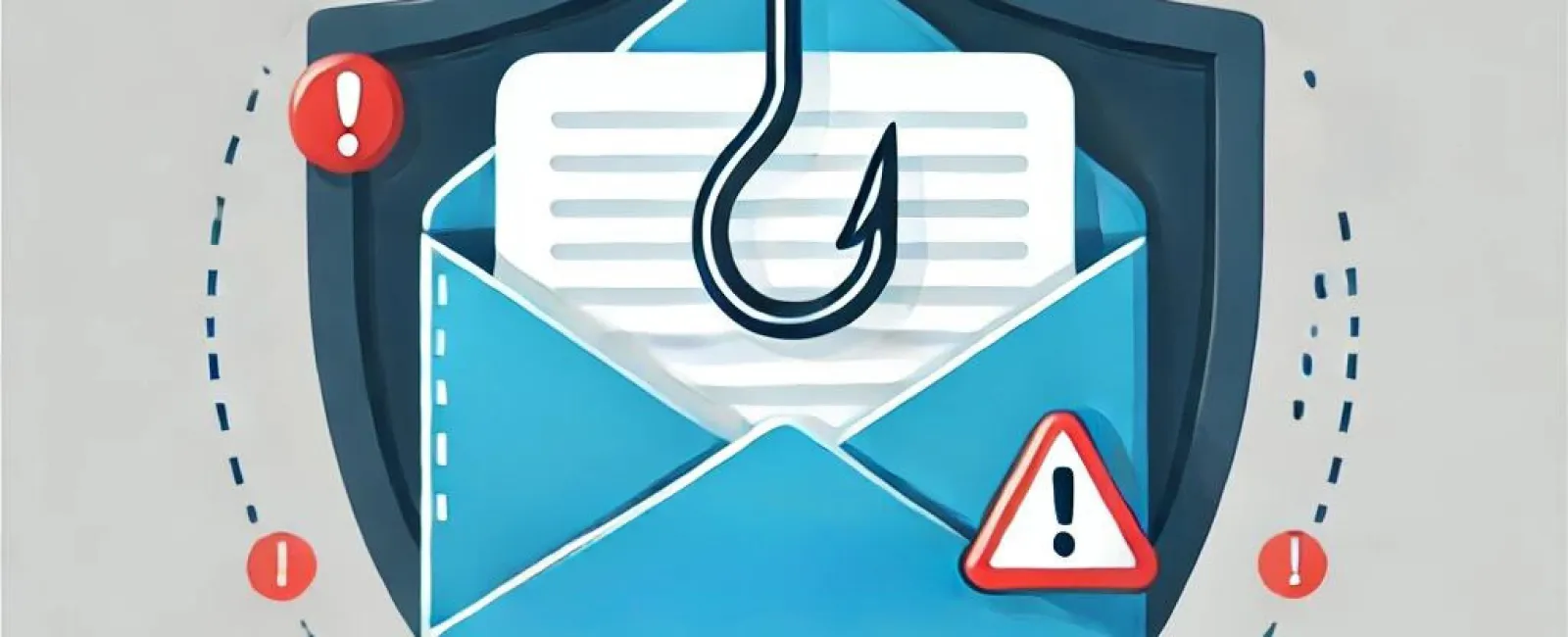Phishing attacks remain the most prevalent cybercrime for a simple reason—they are effective. Every day, over 3.4 billion spam emails flood unsuspecting users' inboxes. Phishing emails have consistently topped the list of cyber threats for years due to their ease of execution, scalability, and ability to deceive individuals. With AI tools like ChatGPT, cybercriminals can now craft emails that convincingly mimic human communication, making them even more dangerous. If you're not vigilant, falling for a phishing scam can have severe consequences.
In honor of Cybersecurity Awareness Month, and given the prominence of phishing emails as a leading cause of cyberattacks, we've created this straightforward guide to help you and your team recognize phishing emails and understand why it's crucial to do so.
The Risks: Four Major Dangers of Phishing Attacks
1. Data Breaches
Phishing attacks can expose your organization's sensitive information to cybercriminals. Once compromised, this data can be sold on the dark web or held for ransom, often with no guarantee of its return. The fallout includes financial and legal repercussions, damage to your reputation, and loss of customer trust.
2. Financial Loss
Cybercriminals often use phishing emails to steal money directly from businesses. This can occur through fraudulent invoices or unauthorized transactions, directly impacting your bottom line.
3. Malware Infections
Phishing emails may contain malicious attachments or links that, when clicked, infect your systems with malware. This can disrupt operations, lead to data loss, and necessitate costly remediation efforts.
4. Compromised Accounts
When employees fall for phishing scams, their accounts can be compromised. Attackers can then use these accounts to launch further attacks or gain unauthorized access to sensitive company data.
The list of potential dangers goes on. However, there are proactive steps you can take to avoid becoming the next victim of a phishing attack.
The S.E.C.U.R.E. Method: Identifying Phishing Emails
- S - Start With The Subject Line: Is it unusual? (e.g., "FWD: FWD: FWD: review immediately")
- E - Examine The Email Address: Do you recognize the sender? Is the email address odd or unfamiliar? (e.g., spelled differently or not their usual address)
- C - Consider The Greeting: Is the salutation unusual or generic? (e.g., "Hello Ma'am!")
- U - Unpack The Message: Is there a sense of extreme urgency to click a link, download an attachment, or act on a too-good-to-be-true offer?
- R - Review For Errors: Are there grammatical mistakes or strange misspellings?
- E - Evaluate Links And Attachments: Hover over links to check the address before clicking, and avoid opening attachments from unknown senders or unexpected sources.
Additionally, it's vital to have a cybersecurity expert monitor your network and filter out spam emails before they reach your employees. Ensure you're taking the necessary precautions to protect your network. Phishing attacks are effective and frequent; don't let yourself become the next victim. If you need help training your team on
cybersecurity best practices or implementing a robust cybersecurity system, or
just want a second set of eyes to examine what you currently have in place and
assess if there are any vulnerabilities, we are ready to help. Call us at 332-217-0601 or click here to
book a call with our experts.



